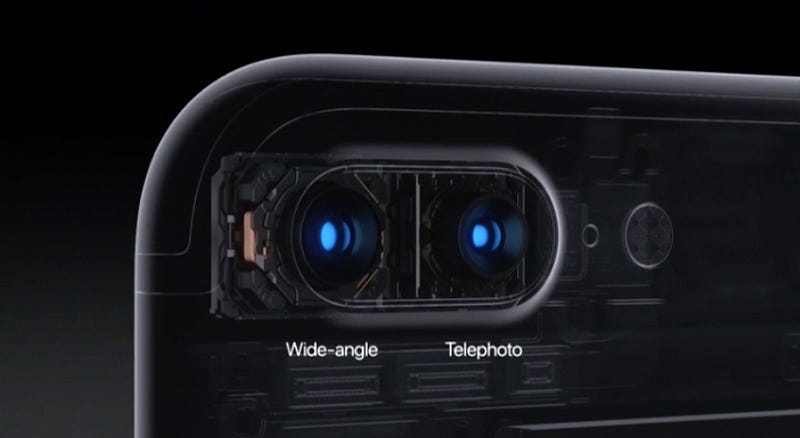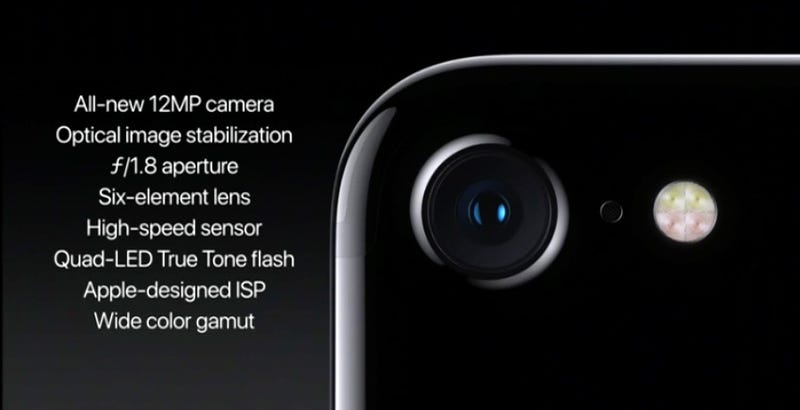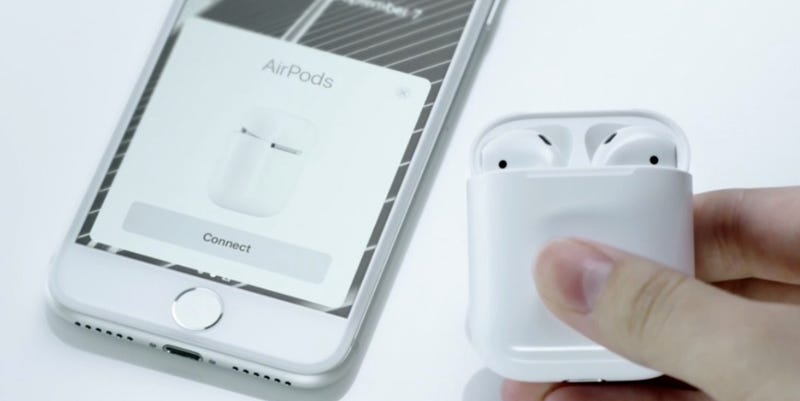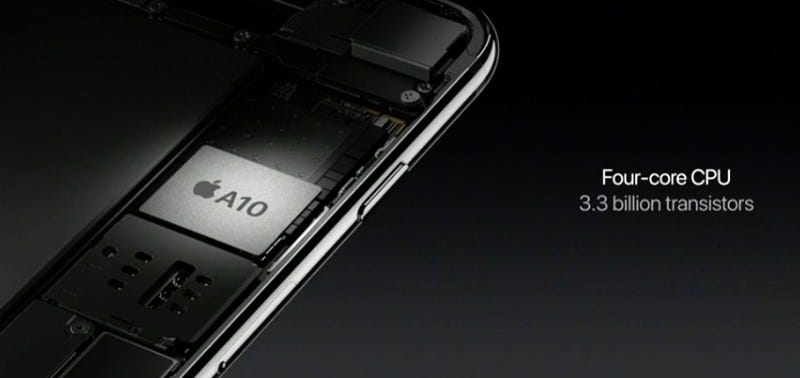Apple is everywhere, in the news, in the digital world, up to an extent
that even people who write about politics couldn’t stop themselves from
typing a piece about Apple’s latest “reinvention”, the
iPhone 7.
Last
month, Apple sent the “See you on the 7th” invites and as always, the
world went crazy about the launch of the new iPhone which continued
Apple’s legacy of making their hardware more proprietary, removing the
scope for “open” things to exist in Apple’s ecosystem. It’s true, such
things don’t deserve to be there, where people just buy any device
flaunting a bitten Apple logo on its back.
Apple’s
defense on the removal of the headphone jack was to shrink down the
iPhone, they did it, 1mm thinner iPhone 7 was launched on September 7.
They wanted to make the device waterproof, the new iPhone is only water
resistant. Sony has been making waterproof smartphones with an analog
jack. I remember putting my friend’s Xperia Z under the tap, just to
check whether it is really hydrophobic or not.
The company did
come up with an analog jack adapter for its lightning port. How humble
of them, they care about the people who have invested hundreds of
dollars on a pair of studio headphones. They also launched AirPods. But
everyone knows that wireless earphones can’t compete with the wired
ones, at least for now.
The lightning port is Apple-made, so any
manufacturer wanting to create a product will have to take Apple’s
permission and pay a license fee to the company. Here it is, a new
income source for the company which had more money than the US
government at one point in time.
DRM Drama
DRM stands for
Digital Rights Management. It has been conceptualized to keep an eye on
what content the user can access on a device and what the user can’t.
For instance, you can play your purchased song only on one device is
because of DRM. The reason that DRM has been in existence throughout the
digital world is that it is protected by the DMCA. Anyone who tries to
sidestep the DRM gets legally prosecuted.
The use of the lightning
port for connecting earplugs will definitely open the doors for the DRM
advocates and the protectors of the copyrighted content. The media
production companies might convince Apple to create a rule book for how
their content would be served on its devices.
It might be
possible, you won’t be able to connect your newly purchased headphones
or a stereo system to your iPhone because it doesn’t support it.
We wiped out the dinosaurs once again
It
would be wrong, just to yell at Apple for the treason they committed.
They removed a 19th-century tech from the iPhone which was hardwired
into the music DNA of the audiophiles. The company might be having some
sort of explanation.
“The audio connector is more than 100 years old,” Apple VP Greg Joswiak
told Buzzfeed. “It
had its last big innovation about 50 years ago. You know what that was?
They made it smaller. It hasn’t been touched since then. It’s a
dinosaur. It’s time to move on.”
So, basically, according to that
logic, we should remove every other tech that hasn’t been modified since
the last couple of decades. What would Apple say for the GPS
technology, that works on the half-a-century old Kalman algorithm which
hasn’t seen much changes yet? They should create their own algorithm and
a new positioning system.
Apple can tap their back for their
“courage” when they ditched the floppy drive from the Mac and then the
optical disc drive. The floppy drives became a thing of the past. But
the same logic doesn’t fit here. Because there was a need for the
removal of the floppy drive from the computers at that time. The world
is not feeling the same for the analog jacks. In fact, we have some
great earphones from reputed manufacturers.
Apple’s Phil
Schiller’s excuse appears more compelling than wiping out the dinosaurs
for the second time. “The idea that there’s some ulterior motive behind
this move, or that it will usher in some new form of content management,
it simply isn’t true,” says Schiller. “We are removing the audio jack
because we have developed a better way to deliver audio. It has nothing
to do with content management or DRM — that’s pure, paranoid conspiracy
theory.”
Tagging all the backlash as a “conspiracy theory” can be a
good move for the time being, until the moment Apple might actually
start managing the content. Not on its own, but due the pressure of
bigger production studios. As far as their “better way” is concerned,
they shouldn’t have done it so quickly. If their technology was so good,
they should’ve put the lightning earphones-side by side with the analog
ones and let the people decide which was better.
Maybe, Apple
only wanted to take a gigantic leap into the future or maybe they wanted
to take more control over the devices used by their customers. No one
knows.



